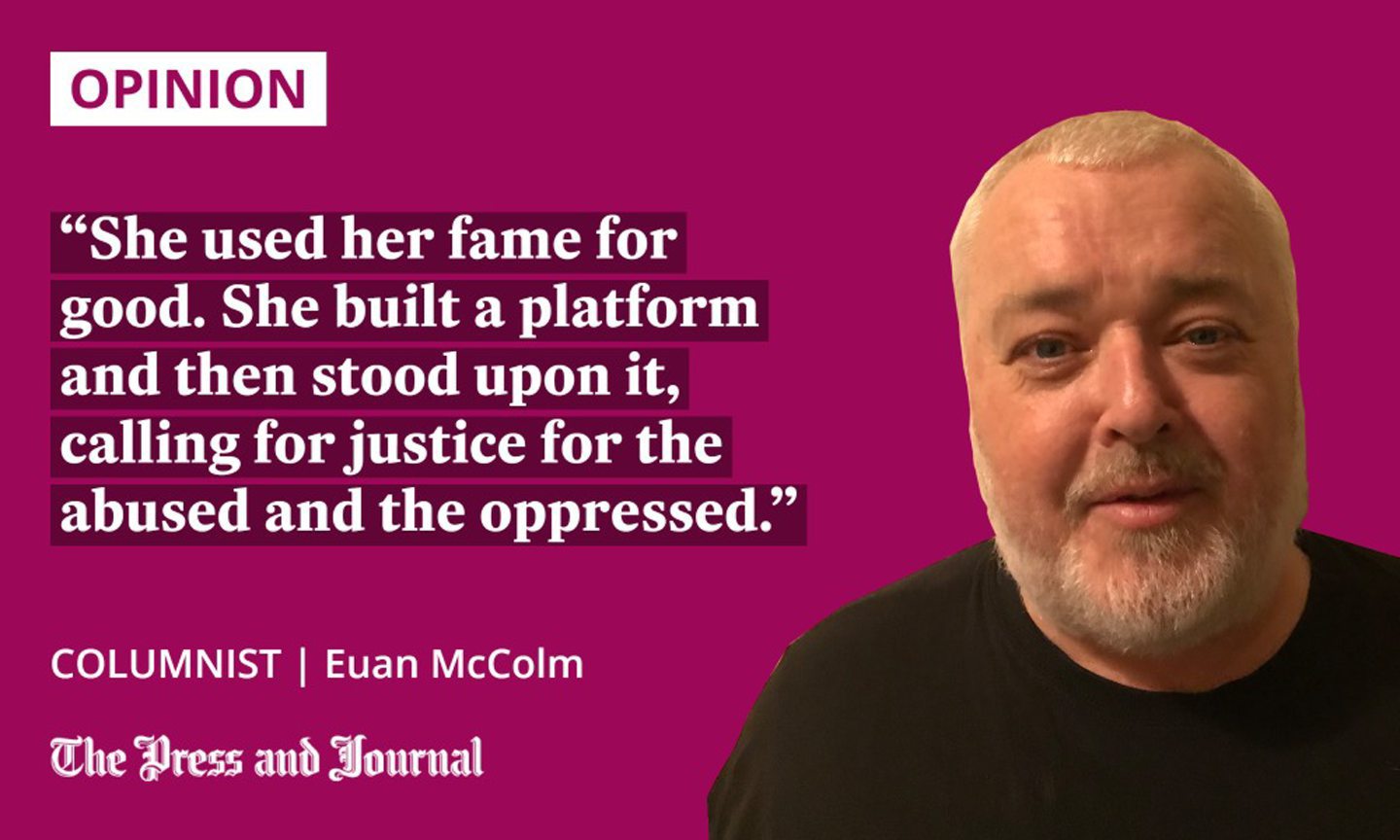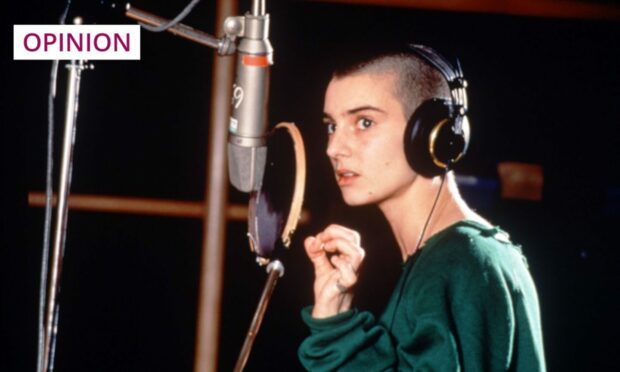Amid the acres of coverage of the sad and horribly premature death of Sinead O’Connor, one word keeps emerging: troubled.
Hardly surprising, is it? The singer spoke so frequently and openly about her difficult childhood and her ensuing mental health problems that nobody paying attention could have been in any doubt about the challenges she faced throughout her 56 years. At times, she needed to say nothing. Her erratic behaviour told us she was often angry, desperate and sad.
O’Connor slipped easily into the suit labelled “tortured artist”. It was a perfect fit for her.
This notion of the troubled creative soul is hugely appealing, isn’t it? We thoughtlessly romanticise grim mental health issues and congratulate ourselves for recognising the authenticity of an artist’s work.
But, while I’m willing to believe that O’Connor’s personal problems may have helped fuel the engine of her creativity, I’m not at all sure it’s wise to ascribe her brilliance to them. Rather, I’m inclined to think O’Connor created work of great quality despite, rather than because of, her unease with the world.
The recordings – the strange and exuberant songs on her debut album The Lion and the Cobra, that extraordinary, time-stopping cover of Prince’s Nothing Compares 2 U, and countless others – will, rightly, live on. This, after all, is music of remarkable beauty and striking originality.

I hope, however, that the story of O’Connor’s difficult personal life fades. She deserves to be remembered not for the problems she faced but for the bravery she displayed.
It is impossible to overstate quite how significant a figure Sinead O’Connor was in Ireland’s story.
When, in 1992, she made headlines around the world for tearing up a photograph of Pope John Paul II at the end of a performance on the US TV show Saturday Night Live, O’Connor faced the most extraordinary backlash. She was fiercely criticised by other artists. Shamefully, the actor Joe Pesci later said that, had he been in charge of the show, he’d have given her “such a smack”.
Two weeks after her appearance on the programme, O’Connor was booed and jeered by many in the audience at a concert in New York’s Madison Square Garden to mark the 30th anniversary of Bob Dylan’s career. Defiant, she hushed the musicians on stage and sang Bob Marley’s War, unaccompanied.
From then on, O’Connor was tormented as a crazy woman by a tabloid press that chose to ignore the motivation for her action.
Sinead O’Connor’s part in the transformation of Ireland is undeniable
Back in the 1990s, the Catholic church dominated Irish public life. Scripture – interpreted conservatively – underpinned society. Irish politicians rarely spoke or acted without keeping at least one eye on how the country’s bishops might react.
Of course, Sinead O’Connor didn’t single-handedly change Ireland’s relationship with the church, but she was a major figure in the birth of a new era in which others felt empowered to speak out about the appalling behaviour of some of the church’s representatives. She shone a light on an institution that few were willing to challenge.
When Sinead O’Connor tore up that photo of the Pope, she was calling out the church for its long and shameful history of enabling – and concealing – the abuse of children. This took a remarkable degree of courage.
Three decades on, the church’s power is much diminished and Ireland is more progressive and socially liberal than ever before. Across a range of issues, from women’s reproductive rights to same sex marriage, Ireland is transformed. O’Connor’s part in that transformation is undeniable.
She accomplished so much in just 56 years
Sometimes, O’Connor’s lack of a filter led her to say things she’d regret but, at her clear-headed, righteous best, she looked the powerful in their eyes and demanded better of them.
Fifty-six is no age at all. O’Connor is gone long before her time
Supernaturally talented and freakishly beautiful – the comedian Bob Mortimer recalled in his memoir that he was so awed when they met that his mind went blank and all he could think to say was: “Do you have a local shop near to where you live?” – O’Connor created art that will endure. But, more than that, she used her fame for good. She built a platform and then stood upon it, calling for justice for the abused and the oppressed.
Fifty-six is no age at all. O’Connor is gone long before her time. But, in her all too short life, she accomplished so much.
Sinead O’Connor, brave, defiant and, yes, troubled, changed the world. My heart breaks to think we won’t hear from her again.
Euan McColm is a regular columnist for various Scottish newspapers

